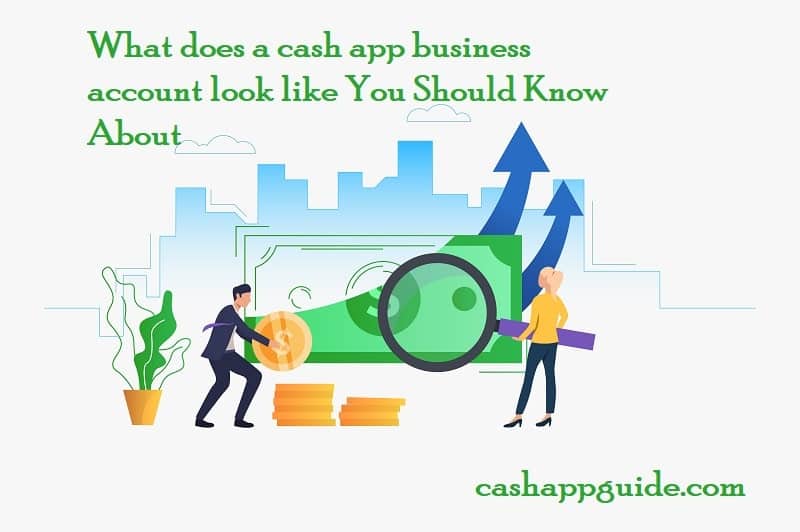What does a Cash App Business Account Look like: You Should Know About
Written By Claire Dickey | Fact Checked ✅ By Morgan Richard
What does a cash app business account look like? If you were looking to invest in a business that you could work from anywhere, would you choose a business that offers a cash app business account? In fact, what does a cash app business account look like for a business like yours?
It’s easy to forget about the importance of having an online banking account when starting out. So, we’re taking a deeper dive into the world of cash apps. And as you might expect, it’s a little bit different from having a traditional bank account. But it’s also more secure, more flexible, and allows you to invest in your business with confidence.
CashApp business account looks like a bit of building which makes it an identity as a business account. Cash App is also known as Square Cash and was designed in 2013. In its beginning, it was a person-to-person payment app. In the year 2015, it was expanded for business purposes.
The new Cash App is the key to your business that is searching for an instant, hassle-free, and easy mode of accepting and receiving payments or adding another option of payment for the customers.

The main purpose of the Cash App is to send and receive payments. In Cash App, you will receive an account with a unique username called ‘Cashtag’. This the customers will be able to use to send money.
Table of Contents
What does a Cash App Business Account Look like
Square provides the business users of the Cash App with an URL. The customers can pay their amounts by clicking on the link on the website or by clicking cash.me/ (Your Cashtag).
Customers who own Square Cash can transfer their payments directly from the application, which is present both on Android and iOS.
In Cash App deposit is free, but for Instant payments, it charges 1.5% of the balance.
App or in the app. First, to begin with, Cash App Business Account, an account has to be created by using the website in cash. All you need to do is to link your account either to your email address or mobile. You will get a unique 28581 text code from Square with a confirmation text on your email or phone. After logging into your account, you will be asked to confirm your first name and last name to link with the debit card.
Steps to switch from personal CashApp to Business
If you want to switch your personal account to a business account, follow these steps:-
- Go to the home screen, and click on the profile button.
- Select the personal tab.
- Move downwards, and you will see an option” Change Account Type,” click onto it, and change from Personal to Business.
- To confirm, enter your PIN.
Steps to link Cash App to the Business account
To link your account, follow these steps:-
- Add information about your business bank account.
- For the customers to identify, create a branded Cashtag.
- Insert the link of cash.me on the website.
- Advertise that you are available on Square Cash App and are ready to accept payments.
Advantages of CashApp
CashApp comes with many benefits to its customers.
- It is best for small businesses that do not have to deal with huge amounts of payments and who do not require extra services.
- Cashtag is a unique feature in CashApp. With cashtag names, customers can look for your business using the Cashtag, and they also can send their payments by the app. Payment requests can also be sent through it. The link of cash.me allows the customers to transfer online using a credit card or debit card.
- Cash App for business allows one to accept many types of payments without any merchant account.
Disadvantages of CashApp
It has some drawbacks too. These are:-
- Cash app business account limit is $ 1000/ month till your account gets verified.
- Overseas payments are not allowed.
- Support services can be made through social media or email.
In conclusion: What does a cash app business account look like
A cash app business account has the same key features as a normal personal bank account, including checking, savings, debit, credit card, loans, and investments.
The main differences are that: you can use it as a primary bank account and as a secondary bank account for business transactions, and it offers the ability to transfer money from your business account to your personal account, for things like your mortgage, car payments, or home improvements.
This means you’ll have access to all of your business banking tools, but they’re controlled by a different account.
